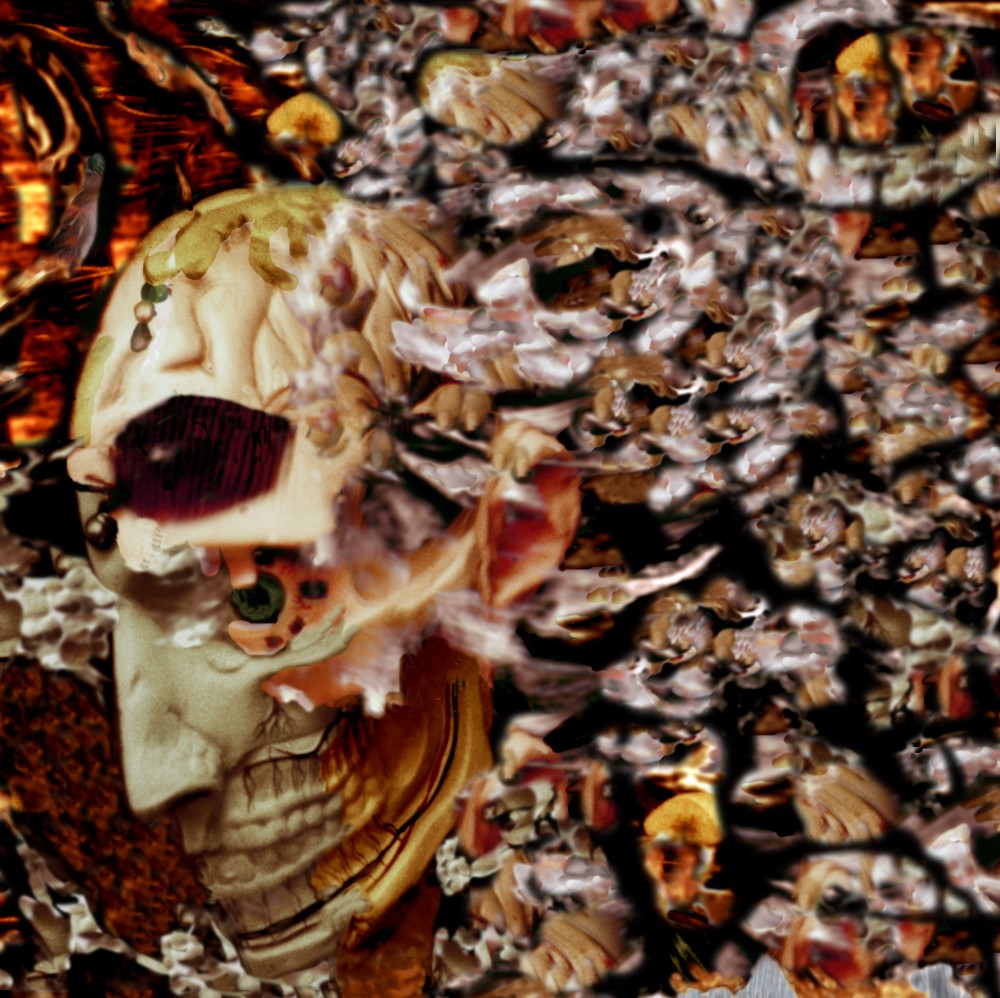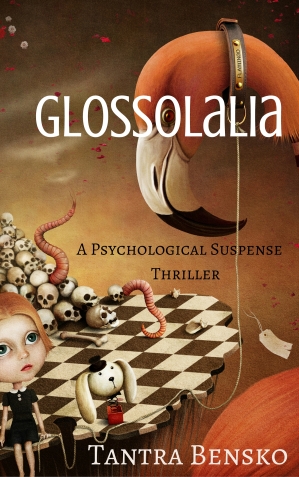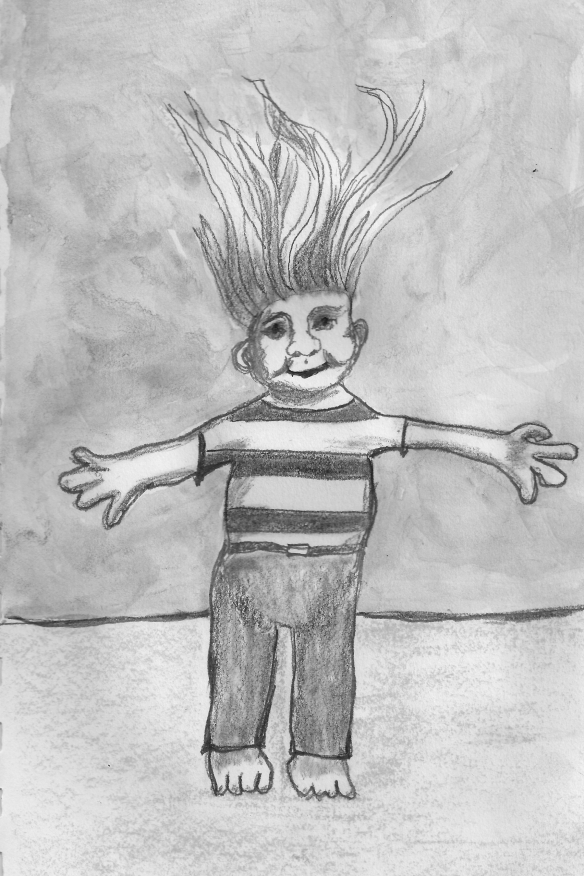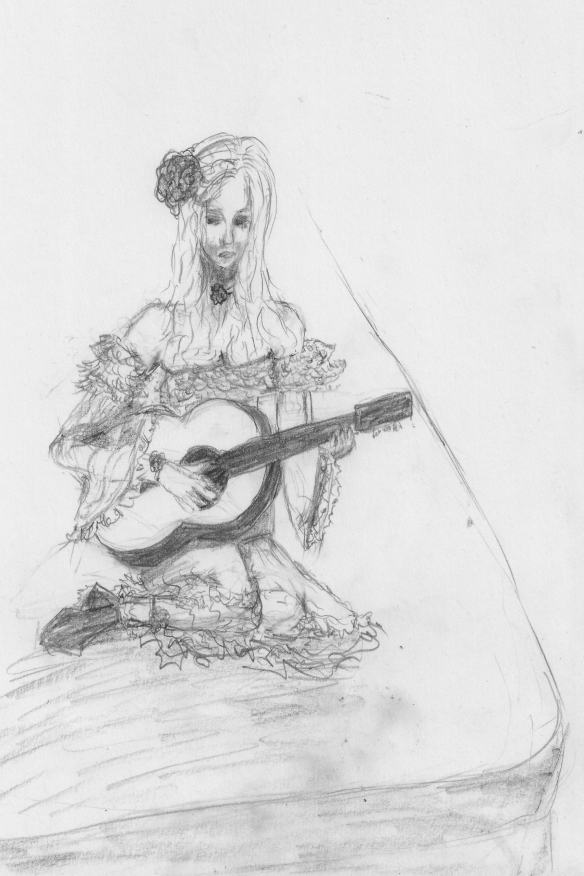 Why would I want to write a set of Psychological Suspense books? Maybe for some of the same reasons you like reading or writing them. Maybe you haven’t thought much about the category, and its rules; I’ll address a few in this post that may clarify your experience with that kind of book.
Why would I want to write a set of Psychological Suspense books? Maybe for some of the same reasons you like reading or writing them. Maybe you haven’t thought much about the category, and its rules; I’ll address a few in this post that may clarify your experience with that kind of book.
The focus in Psychological Suspense is on character depth and complexity rather than technology, justice, or speed of action, as it is in some types of Thrillers. Studies show when readers identify with protagonists we remain physically changed by them for a long time. We vicariously go through their experiences in an intimate way.
I want to help readers imagine what it could be like to experience the kind of bewilderment is possible in this complicated world we live in. Maybe readers who have experienced long term confusion find such books familiar, realistic, even cathartic, as the protagonist figures things out. The world making some amount of sense can be a relief by the end, yet there remains the awareness that our society runs on continual illusion, and the nature of reality and personality are not likely to ever be fully grasped completely.
My books in this set could also be considered Political Thrillers, secondarily, as the confusion happens from outside sources deliberately affecting them for a large social agenda, not just personal issues. My interest is in how social engineering for political purposes creates personal illusions deliberately — and the glory of finding lucidity.
Psychological Suspense helps us identify with the victims who may or may not turn things around and come out in one piece, maybe toward the Thriller direction of saving a large number of others as well. As I’m not a policeman, lawyer, doctor, or in the military, I don’t feel qualified to write those kinds of Thrillers. But as a citizen in a society that runs on propaganda, demonizing truth-seekers, paid trolls, corrupt politicians, toxic environment, etc. I can speak for the masses who have to find their way through the morass. And I can help create a sense of empowerment by the end, motivating people to keep pushing for fairness, standing up for themselves, and focusing on facts rather than propaganda.
Psychological Suspense must be emotional, with feelings being honored. I find pure outward, technical action less interesting that something more well-rounded, though those things are also important to me. My writing is naturally full of science and facts, as I try to point out the effects of little-known history, and draw attention to military technology that is in place. So I counterbalance that by forcing myself to also remember the readers want to feel heart-pounding fear, and not get too caught up in the cerebral. Being in touch with authentic feelings is a good part of lucidity and being able to avoid being mislead by falsehoods.
In Glossolalia, Nancy has been traumatized in a way that affects her understanding of the world, and she must come to grips with how it’s changed her. She doesn’t just get it intellectually, but the emotions have to be part of her revelation for it to work. The reader’s personal involvement with her can make that kind of trauma real, and make it matter more than just reading about such things with the distance of non-fiction about how such processes take place.




